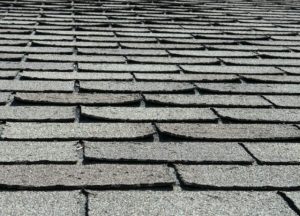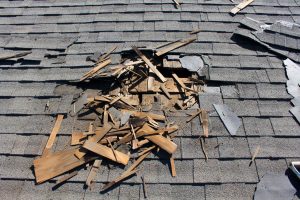 What to do if your roof starts leaking? Beginning in the spring and extending into the summer is a period of warm weather fraught with thunderstorms. In the following article we would like to share some expert roofing advice on what to do if your roof springs a leak with the heavy rain.
What to do if your roof starts leaking? Beginning in the spring and extending into the summer is a period of warm weather fraught with thunderstorms. In the following article we would like to share some expert roofing advice on what to do if your roof springs a leak with the heavy rain.
What are the Reasons for Roof Leaks During Rain Storms?
The old Taoist notion that “water conquers all” may have some truth to it. The home is safely tucked under the home’s roof and exterior in what is called the home envelope. This specially designed construction can allow water to enter if there is even the smallest disruption in its structural integrity.
As wind picks up and the rains continue unabated for several days the potential for all that water to begin finding its way inside increase dramatically. Let’s find out what to do if your roof starts leaking.
Skylights
Don’t we all love a beautiful skylight that allows all that marvelous natural light inside? And even better at night when you can actually enjoy the moon from the comfort of your living room.
But there is a downside, no matter how perfectly well your skylight has been constructed there is still the chance that it will develop a leak. The skylight is a hole in the roof and as such the most likely spot to develop a leak.
Plumbing Vent Stacks and Fan Vent Hoods
The plumbing structures can also present a potential leak problem. Broken or improperly installed vent stacks can suddenly begin leaking in heavy rain. Then there are the flashings for furnace flue and fan vent hoods which can also begin to leak in a rainstorm.
 Chimneys and Chimney Chase
Chimneys and Chimney Chase
Those rustic brick chimneys can also present a potential opening for rainwater to get inside. Water will most likely enter through cracks in the cap and mortar joints during a heavy rain, especially when the wind is high and the rain continues for days. Those homes with brick and mortar structures should be regularly inspected for disrepair, missing or broken bricks and cracked joints. If you notice it takes an especially long time to dry after a rain, this is a bad sign.
Flashing is another major problem with leaking chimneys. If you have installed a chase, which is siding installed on a chimney, you will find these cause lots of problems once they begin falling into disrepair.
Another common issue to arise comes from the “Chase Caps” that will eventually begin holding water. When the caulk fails water will begin dripping into the firebox.
Damage to Your Roof
The roofing system above your home is the first line of defense against the exterior elements. Sometimes a leak is caused by defective caulking or poor installation work, but other times there can be serious damage done as well. High winds can blow tree branches down and damage roofing materials. Shingles and ridge caps can also be blown away and cause a leak where there had been no leak before.
What to Do if Your Ceiling Starts to Leak
If you begin to notice a leak in your ceiling, this could be an indication that your attic has been leaking for some time. This could mean moisture has already soaked through the insulation and drywall. You may need to take a screwdriver and poke a hole where the water is dripping at the low point of the dry wall to allow the water to leak away.
When the storm has passed, call up your local roofing contractors to come out and make a professional inspection. It may be that some shingles need to be replaced, in any case, the experts will have the skill and experience to apply an effective solution to the problem.
If you have access to your attic, you may want to have a professional head up there and pull back the wet insulation.